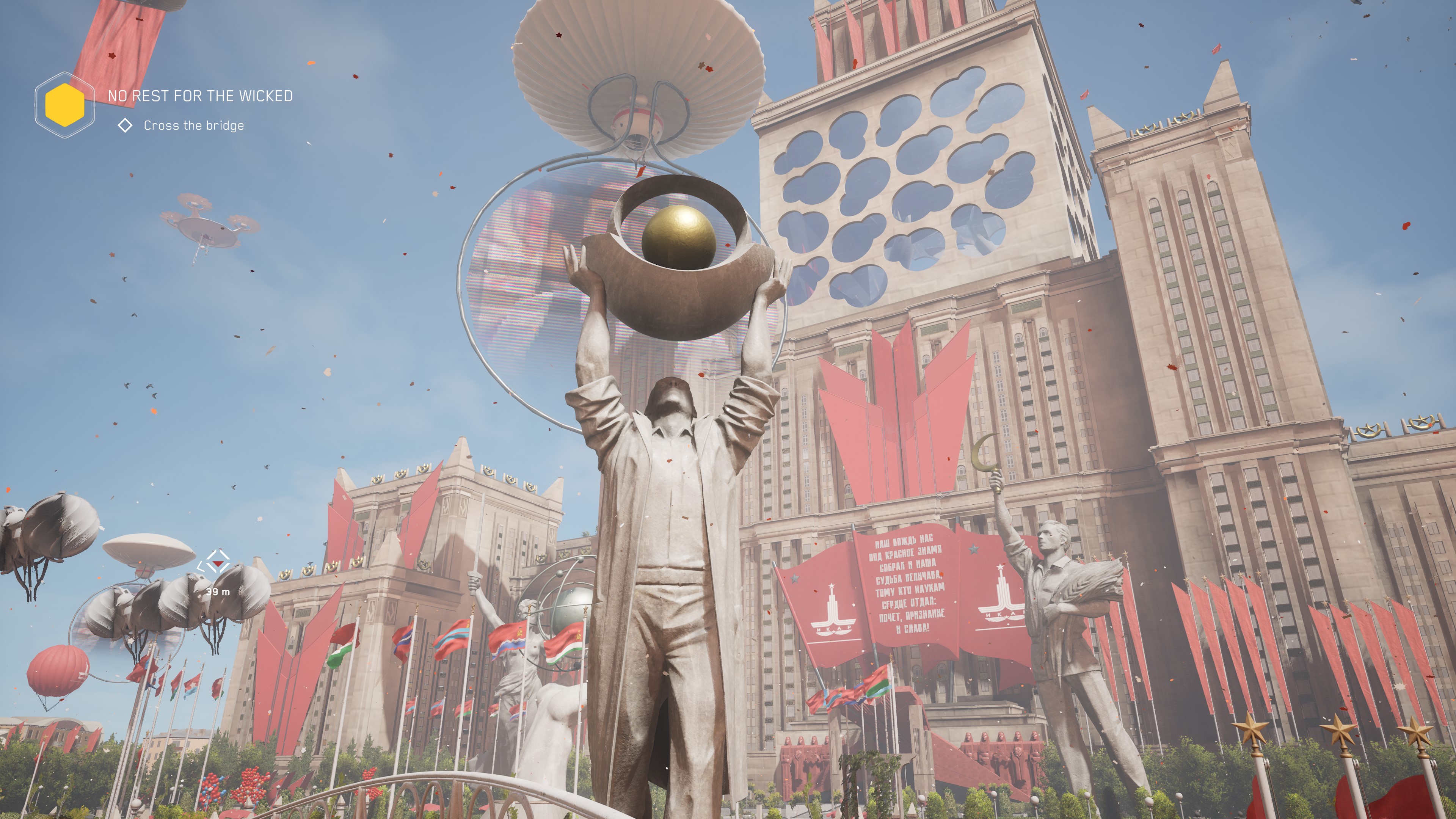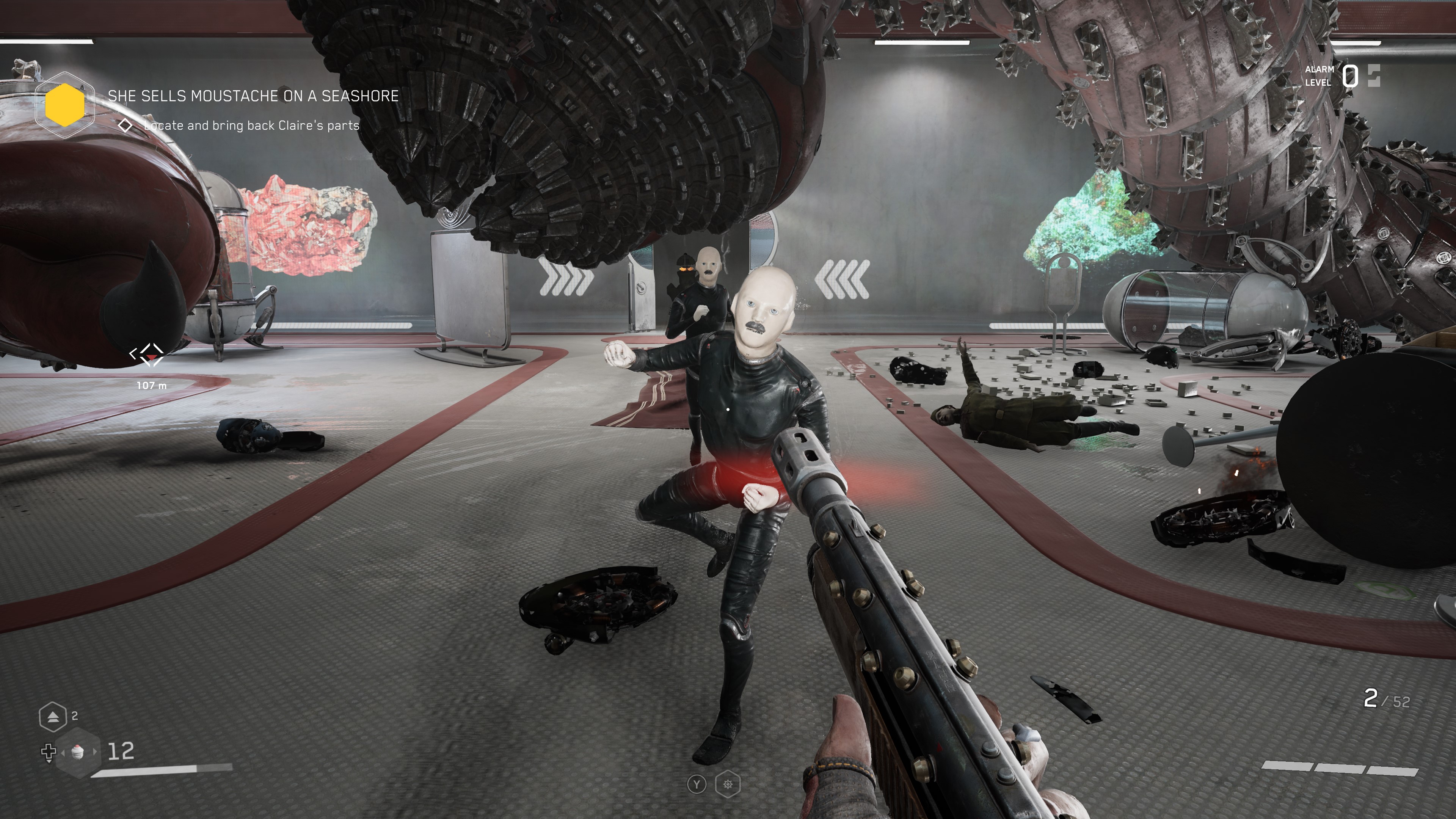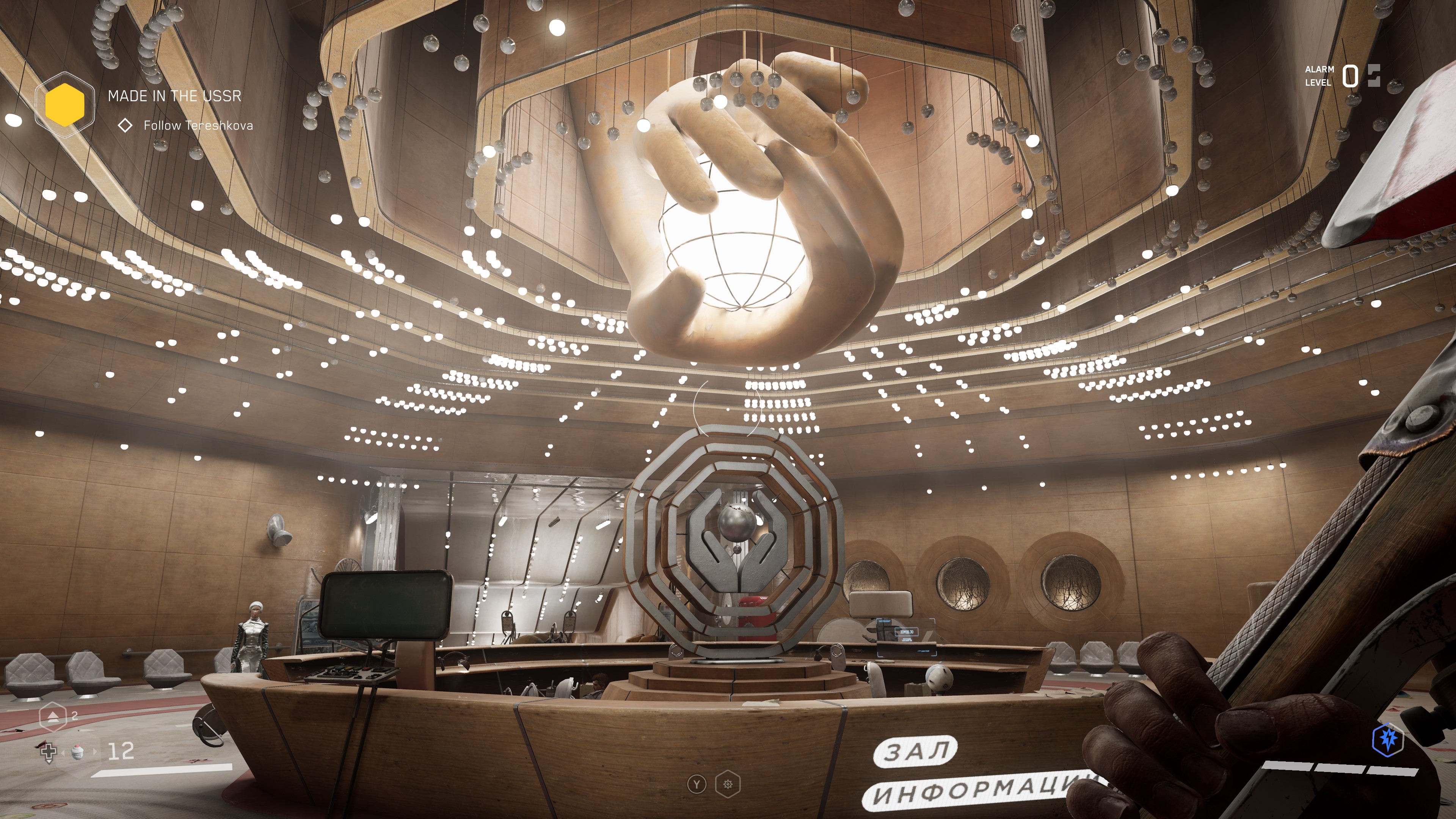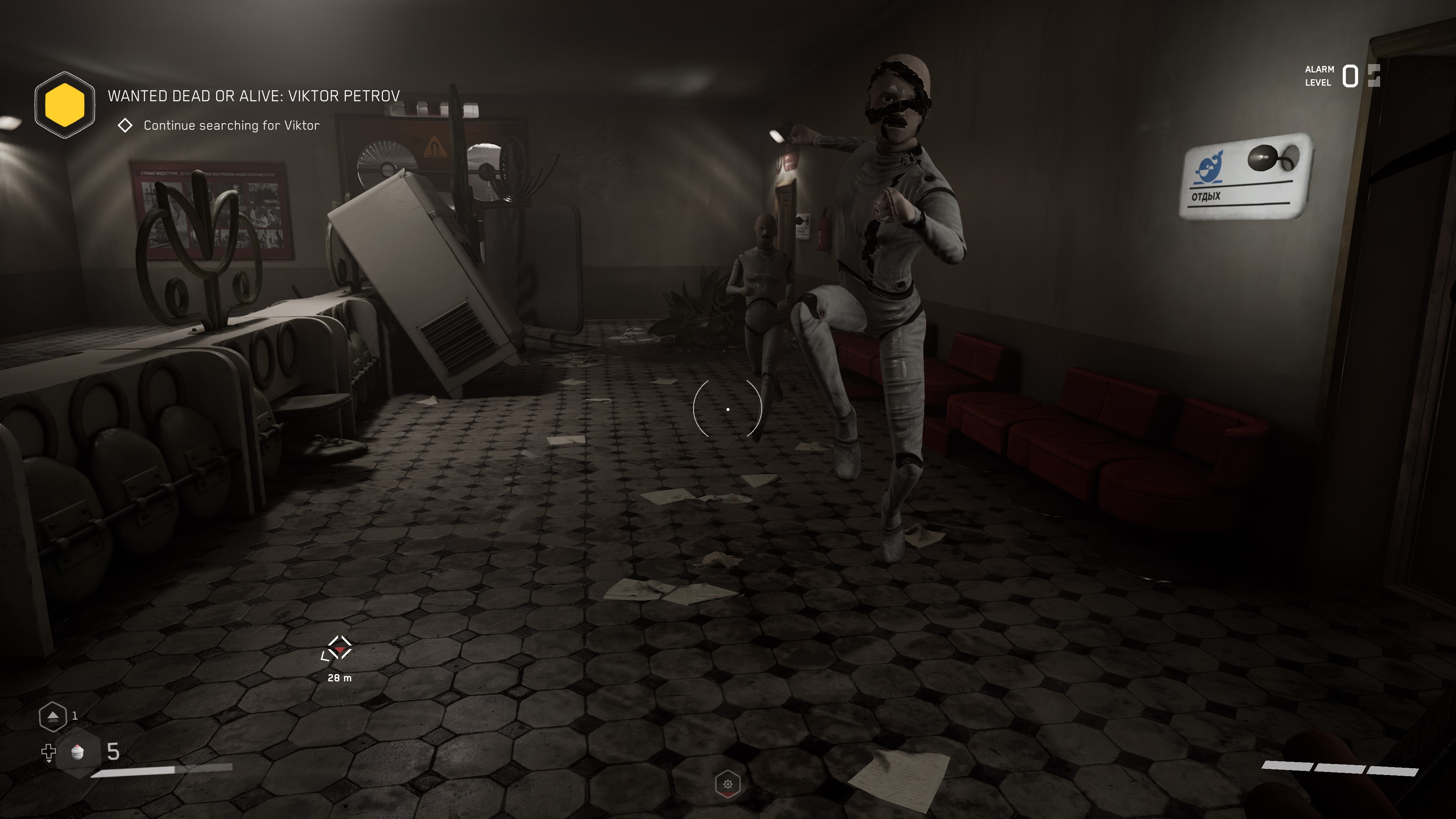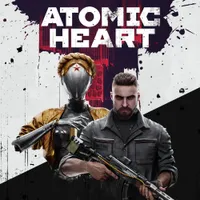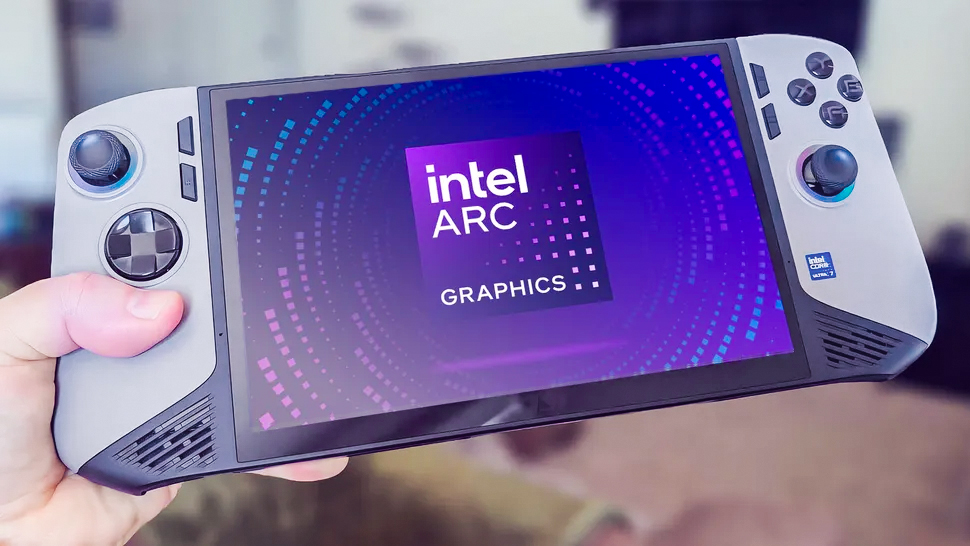Windows Central Verdict
Atomic Heart nails the art design and core gameplay loops but loses focus due to its vast array of game mechanics and untailored open-world segments. Inconsistent writing quality and inaccessible game design will likely frustrate many players, but Atomic Heart can still manage to be an incredibly fun adventure.
Pros
- +
The art design and world are endlessly majestic and awe-inspiring
- +
The intriguing narrative is supported by mountains of in-game lore
- +
Gameplay loop of combat, puzzles, and exploration feels great
Cons
- -
Lack of settings and some poor game design makes the game inaccessible
- -
Writing quality is inconsistent, especially for the one-dimensional main character
- -
Often feels like the game lacks focus or tries to do too much, especially in semi-open world sections
Why you can trust Windows Central
Players have been eagerly awaiting the arrival of Atomic Heart ever since its initial trailers depicted stunning visuals and a highly ambitious scope. Many have spent the last few months wondering if Atomic Heart fell into the "Too good to be true" category, while others were simply excited for a new IP to attempt to fill the same space as the Bioshock and Wolfenstein series of games.
After pouring hours a day into Atomic Heart and studiously observing everything in sight, I can confidently say that Mundfish and Focus Entertainment have delivered one of the most visually stunning worlds in modern video games, and some truly enjoyable core gameplay. However, the game overall lacks focus and direction, the narrative is driven by terribly inconsistent writing (especially with the main character), and the game is generally and unfortunately inaccessible.
Disclaimer: This review was made possible by a review code provided by Focus Entertainment. The company did not see the contents of the review before publishing.
Atomic Heart: Performance and stability
Atomic Heart is a current-gen title that takes full advantage of the powerful hardware inside the Xbox Series X|S and PS5 consoles. It's clear at a glance that Atomic Heart is both visually and technically impressive; there are complex environments packed with detail, diverse arrays of enemies that can be dismembered and destroyed, and even open-world segments that truly push the game to its limit.
The reality of Atomic Heart's performance is complicated, however. While the game runs pretty well the majority of the time, there are some ways in which the game's performance and stability fall just short of "great."
| Developer | Mundfish |
| Publisher | Focus Entertainment |
| Genre | Action-RPG, first-person shooter |
| Install size | 79.7GB |
| Players | Single-player |
| Playtime | 27+ hours |
| Release date | Feb. 21, 2023 |
| Retail price | $69.99 |
| Platforms | Xbox Series X|S, Xbox One, PS5, PS4, Windows PC (Microsoft Store, Steam) |
| Xbox / PC Game Pass | Xbox, PC, Xbox Cloud Gaming |
| Reviewed on | Xbox Series X |
For one, Atomic Heart's loading times are not at all what I'd expect from a modern current-gen game, and more closely resemble the loading times of the last generation of consoles. Apart from actual loading screens taking a decent chunk of time, the game is riddled with level sections split by annoyingly extended elevator rides — elevators with easily pressed buttons, meaning it's all too simple to accidentally take the elevator back the way you came and become trapped for another round trip.
Atomic Heart's performance is good but complicated, with aspects falling just short of "great."
I experienced a handful of dropped frames and brief lag, either when transitioning into larger areas filled with enemies or with rapid movement just after a save, but the game seemed to hold to a stable 60fps for the most part. I did experience two separate hard freezes that forced me to restart, and one crash that sent me spiraling back to the Xbox Dashboard; all three of these major malfunctions occurred during a boss fight, often when trying to switch weapons or elemental damage types.
All the latest news, reviews, and guides for Windows and Xbox diehards.
Finally, I encountered a myriad of minor bugs and issues, including occasional flashing textures, missing or delayed subtitles, menu options requiring multiple button presses, some NPCs not responding to input, and on-display messages refusing to disappear until a game reloads. There was even one brief endgame section where using the Scanner resulted in violent, bright white flashes across the entire screen (a very concerning bug for some players).
Atomic Heart: Visuals and art design
If there's one thing Atomic Heart absolutely nails at every turn, it's the visual presentation. On a technical level, Atomic Heart is not the most graphically impressive game I have ever played. Still, the visuals are stunning, and the art design is so consistently incredible that it hardly matters if the game's lighting, textures, or facial animations aren't the absolute best in the industry.
Atomic Heart is set at Facility 3826, a high-end scientific research complex spanning a huge area of mountains, lakes, and forests. Formed in the Soviet Union during World War II, Facility 3826 encapsulates all the greatest technical and architectural achievements of this alternate-history USSR. It's seemingly a utopia on the surface, and you can't go far without being floored by the thematic majesty surrounding you.
Atomic Heart is one of the most photogenic games I've played in recent memory.
The broader world in which Atomic Heart is set is beautiful and vast, with awe-inspiring landmarks in every direction like colossal statues, sprawling complexes, and towering buildings. At least when you're within Atomic Heart's more handmade, linear sections (which is most of the game), every inch is oozing with attention to detail and an obvious desire to bring this fictional world to life.
I can't overstate how amazing Atomic Heart looks. The lack of a dedicated photo mode feels almost scandalous because Atomic Heart is one of the most photogenic games I've played in recent memory. It's difficult to describe how complete the world feels, from the design of every android and robot to the decimated environments following the facility-wide disaster that makes up the core of Atomic Heart's story.
Don't believe me? Here are some in-game screenshots I took.

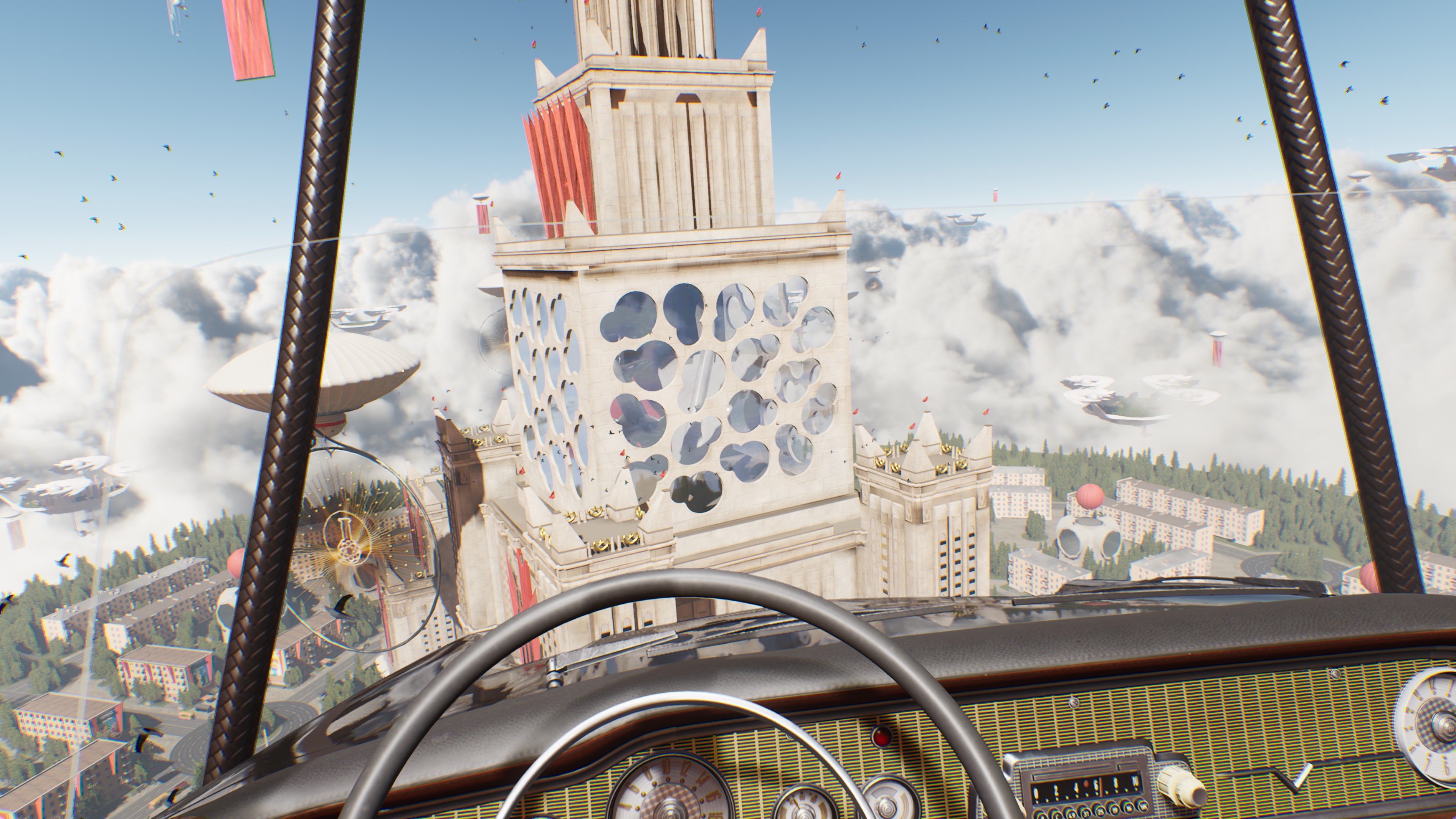
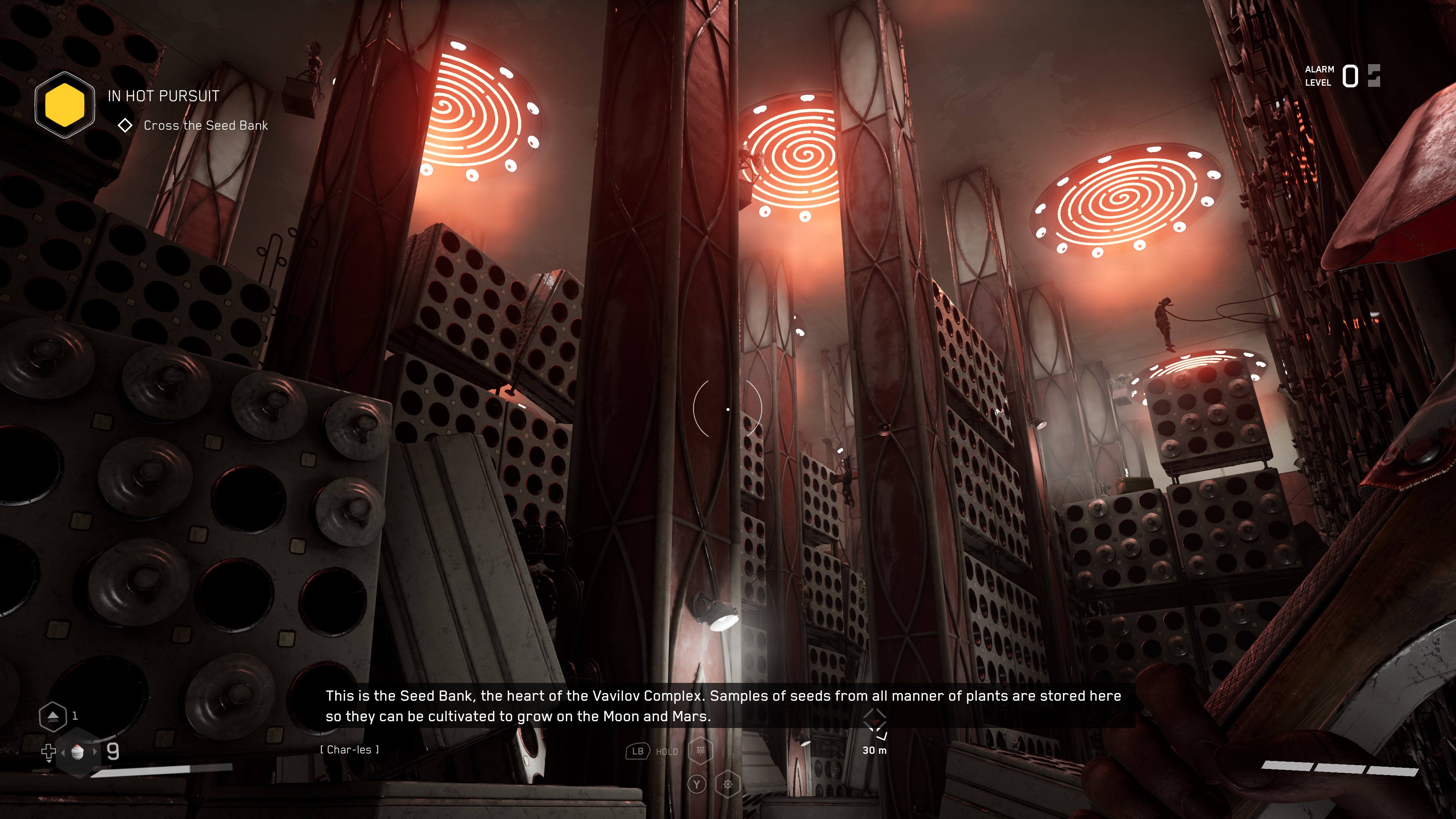
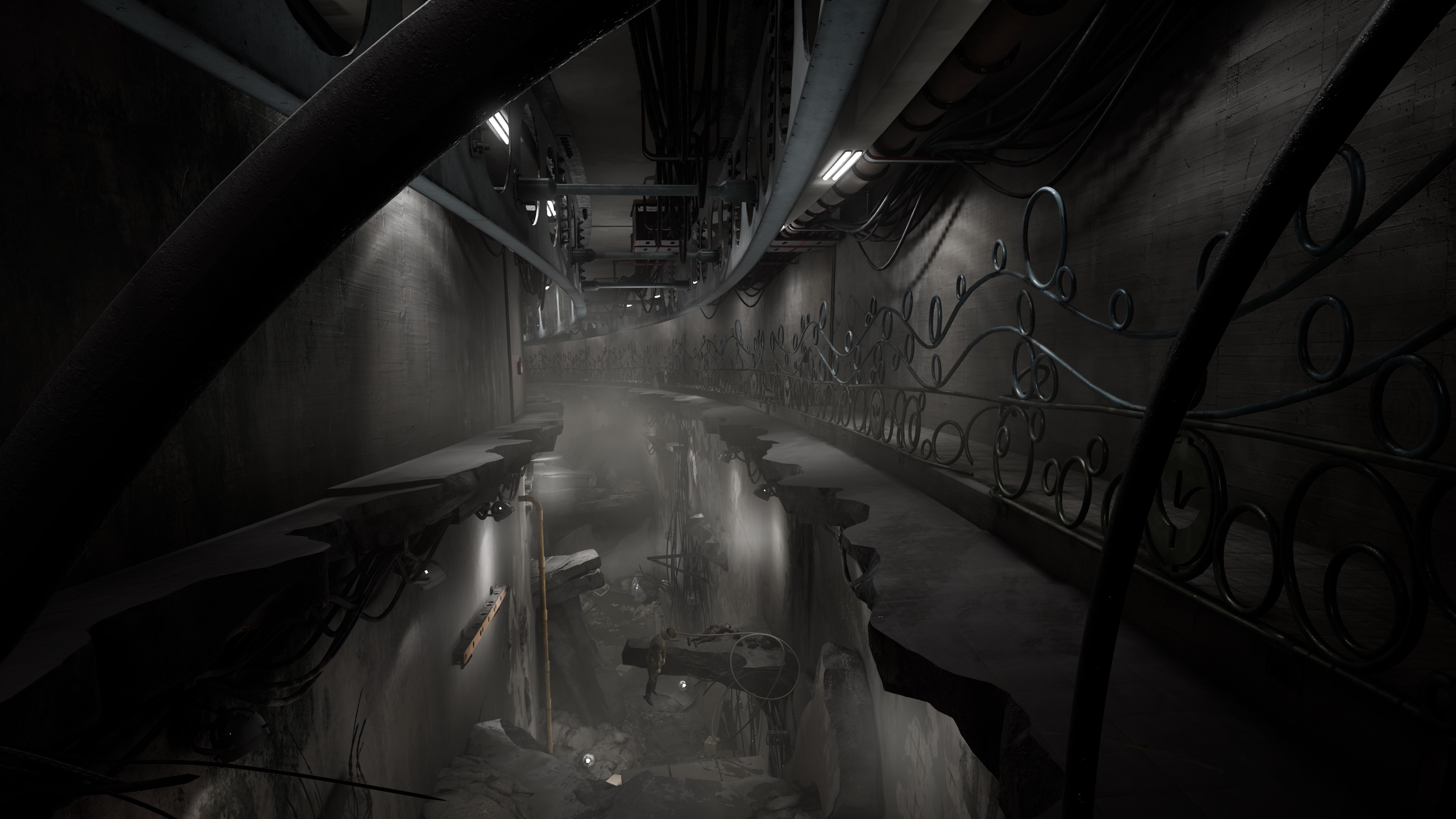
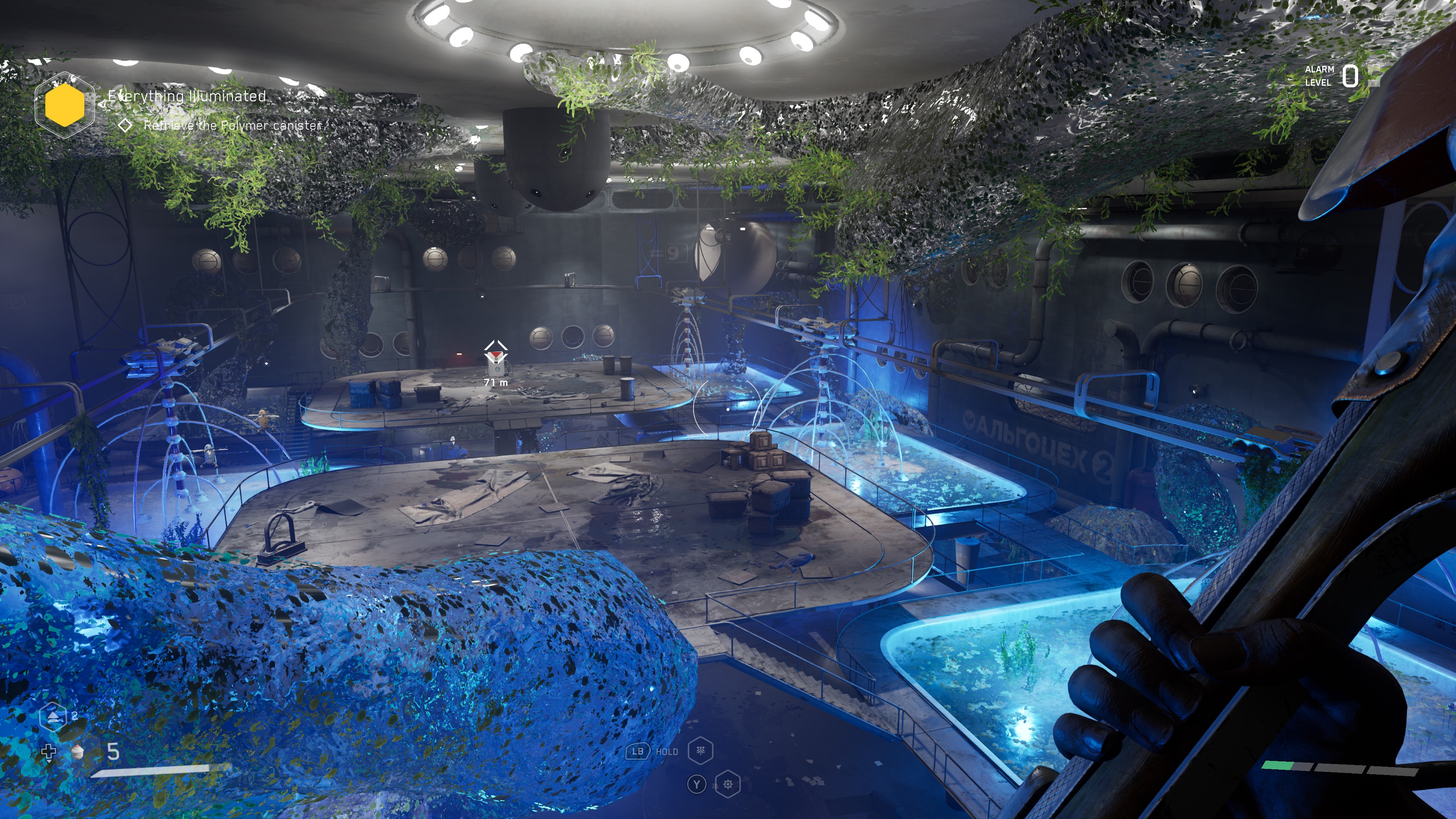
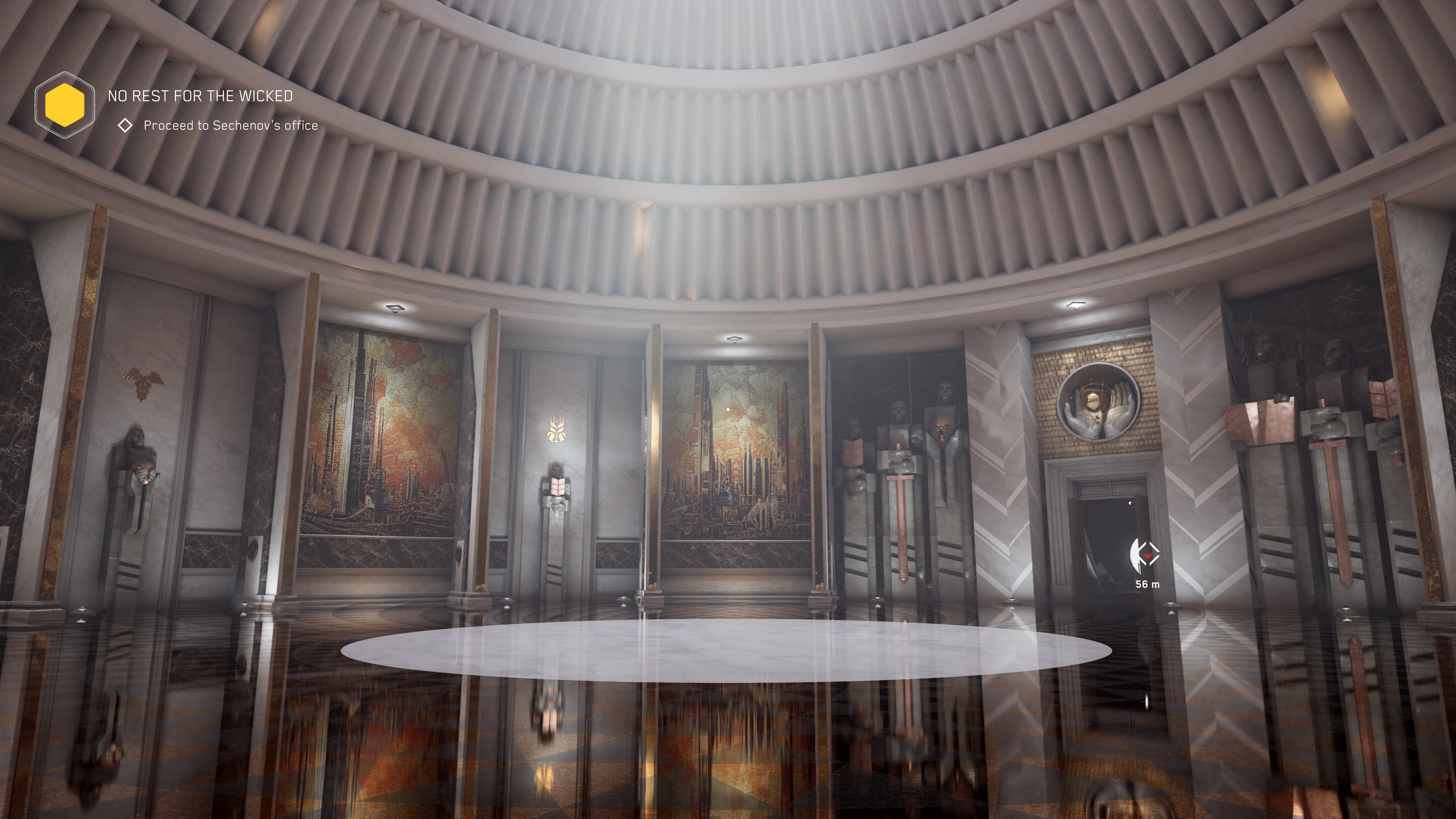
Atomic Heart: Gameplay experience
Unfortunately, I can't universally praise Atomic Heart's gameplay like I can its visuals. There's still a lot of good stuff here, but Atomic Heart's gameplay experience is rife with unmet ambition. The scope of the game is huge, but it often feels unfocused and as if it lacks direction. The good parts are amazing — the not-so-good parts make you feel like prematurely turning the game off for the night.
At its core, Atomic Heart is a first-person shooter and an action RPG and has a lot of similarities to popular franchises like Bioshock, Wolfenstein, and even hints of Prey (2017). Most of the game take takes part in linear complexes, where you engage in tailored combat scenarios, tackle a wide variety of mini-puzzles, and explore local areas in order to find more resources and crafting components.
Because of this focused loop, I sincerely loved the first 10 hours of Atomic Heart. However, after the first introductory complex, Atomic Heart suddenly opens into a humongous area filled with too many enemies and not enough incentives to explore. The "handmade" feel of the linear complexes is lost in exchange for an overwhelming, underbaked, and less interesting open world.
Atomic Heart already tries to do a lot. There's a full-blown skills system (apart from the character upgrades, I didn't find these skills to be very intuitive or worthwhile), an extensive crafting system (dominated by too many melee weapons and letdown by nonexistent inventory management), multi-level upgrades for every weapon (I focused on upgrading two or three favorites), and more. The game even features platforming sections and stealth mechanics.
After its opening act, Atomic Heart begins to feel like it's trying to do too much.
When Atomic Heart goes open world, it also adds cars and driving mechanics, which are necessary to traverse the gargantuan open spaces. You must beware of extensive security protocols in every area, with huge airborne Hawk terminals allowing you to temporarily disable the annoying enemies if you're willing to invest the time into accessing them. You can even hack into cameras, which serve little purpose other than to remotely open random locked doors. There are secret Training Grounds areas that contain valuable loot and weapons upgrade blueprints, although each one features a unique puzzle just to get inside.
It all just feels like too much. Atomic Heart is clearly a very ambitious game, and its world and art design match that ambition without compromise. I would've preferred that the gameplay had stayed true to the vision of its first act, however, even if it meant the finished product would've been harder to distinguish from the titles that inspired the game. While linear levels comprise the majority of Atomic Heart's story content, half-baked mechanics and forced open-world sections tarnish the integrity of that core gameplay loop.
And that core gameplay loop is fun. Granted, it did take me time to become accustomed to Atomic Heart's unorthodox movement. Instead of a "sprint" button, Atomic Heart accelerates forward movements, while maintaining a constant speed for strafing movements. It's abnormal, but once I became used to it, Atomic Heart's combat felt fluid, frenetic, and responsive.
Combining intel from scanning enemies, a combination of various weapons and elemental upgrade cartridges (allowing you to shock, burn, or freeze enemies), and my trusty dodge, I was able to take on waves of enemies. There were certainly difficult sections, but I never felt like I was being held back by the combat options available to me — instead, I was simply being met with increasingly stronger opponents and tasked with overcoming them.
Enemies properly respond to your attacks, as well; I never grew tired of blasting away androids with my shotgun. Bosses are understandably more sponge-like, but their individual abilities were usually enough to keep me interested. Between battles, I explored every nook and cranny to ensure I didn't miss anything of Atomic Heart's world and story.
Atomic Heart: Story and world

Similar to the Bioshock franchise, Atomic Heart explores an alternate history featuring a utopian society that is anything but what it appears on the surface. Set in 1955, Atomic Heart takes place in Russia's Soviet Union, shortly following World War II. During the war, Soviet scientific geniuses ushered in a new era of technology and were the primary reason the Axis forces like Nazi Germany were defeated.
However, Germany refused to accept defeat and unleashed a devastating plague on the world, wiping out half the earth's population. Again, Soviet scientists led a united effort to combat the plague and managed to save humanity from extinction. The combination of these conditions, as well as dictator Stalin's loss of power, led to the Soviet Union becoming the "ideal" Communist country, at least at first glance. Russia was also blessed with incredible levels of technology not possible even today, dominated by hyper-advanced robotics powered by the unique polymer substance invented by Dr. Sechenov.
The game begins before the launch of Kollectiv 2.0, a next-generation network that would unite all of humanity under one seamless interface, allowing all human knowledge and experience to be universally shared. It would also allow all humans to directly control robots with their minds. However, something goes terribly wrong, and the androids at top-secret research Facility 3826 begin mercilessly and indiscriminately slaughtering all humans. It's up to you, Special Agent P-3, to track down the cause of the horrendous malfunction and fix it under the direct command of Dr. Sechenov.

I won't spoil anything past the basics, but suffice it to say that Atomic Heart is a story about human greed, the cost of rapid progress, and the irrefutable difference between forcing everyone to be the same and granting everyone equal, unalienable opportunities and rights. The Soviet Union may be the most advanced and "safe" country in this universe, but it's still headed by a totalitarian regime of the rich and powerful, and the reality behind this utopia is rife with deceit, propaganda, and sinister schemes. Nothing is as it seems behind the closed doors of Facility 3826.
I was intrigued by this story, especially when supported by the countless in-game audio and text files, as well as NPC conversations with, erm, the corpses of fallen Facility 3826 employees (a side effect of the neuro-polymer that all humans need to integrate with the Kollectiv network). This supporting lore is very well-written and surprisingly interesting, painting a complete picture of Atomic Heart's story and world.
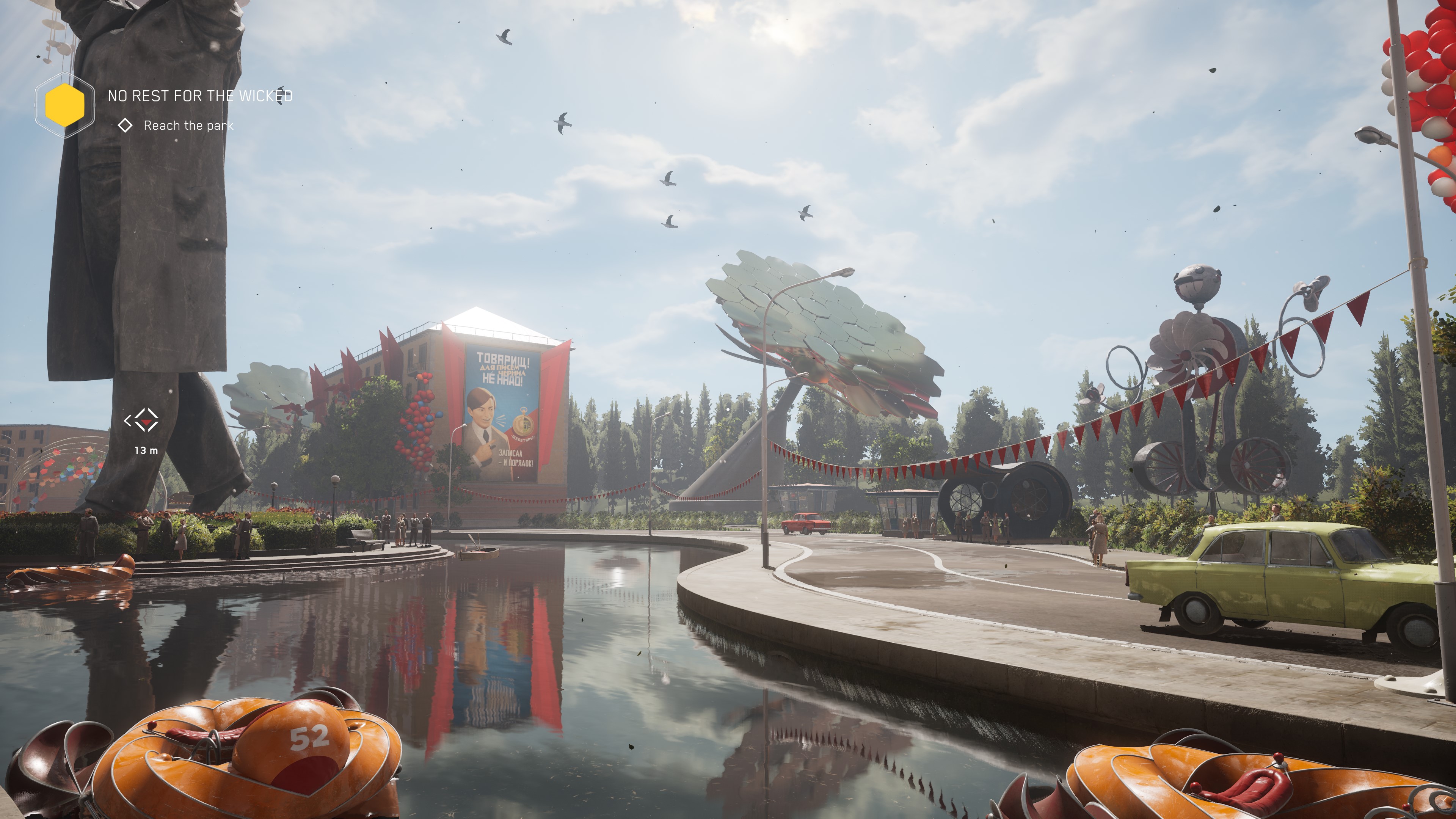
Unfortunately, the execution of Atomic Heart's genuinely interesting story leaves a lot to be desired. The writing quality, especially for dialogue between main and secondary characters, is wildly inconsistent and sometimes downright bad. Agent P-3 is, for lack of better words, a one-dimensional asshole, with erratic viewpoints and morals. He also completely fails to grow or evolve in any meaningful way through the story, despite the traumatic and world-altering events occurring around him.
Writing inconsistencies aside, it's impossible to like Atomic Heart's protagonist or enjoy his random outburst.
That's without mentioning Nora, the aggressively and disgustingly sexual vending machine robot that seemingly takes genuine pleasure in torturing and murdering people, or the game's persistence in constantly having Agent P-3 and his AI-equipped glove (dubbed Char-les) comment on the various gameplay elements of Atomic Heart that don't quite fit the story (because it's a video game and there are video game things, it's funny, haha).
The pacing in Atomic Heart is off, as well, with a final act that blitzes through sporadic "twists" and revelations, leaving you with an unsatisfying conclusion.
Atomic Heart: Audio and soundtrack

Atomic Heart features more than acceptable audio design for combat and environments, with a riveting soundtrack aided by the ever-talented Mick Gordon (from DOOM, Wolfenstein, and more) and inspired by Russian music. There were more than a few tracks during intense segments that were expectantly awesome. However, I noticed that the presence of this soundtrack was... hit or miss. There were times when I expected there to be music and there just wasn't any, and other times when the music was prevalent enough to obscure dialogue.
Atomic Heart: Accessibility
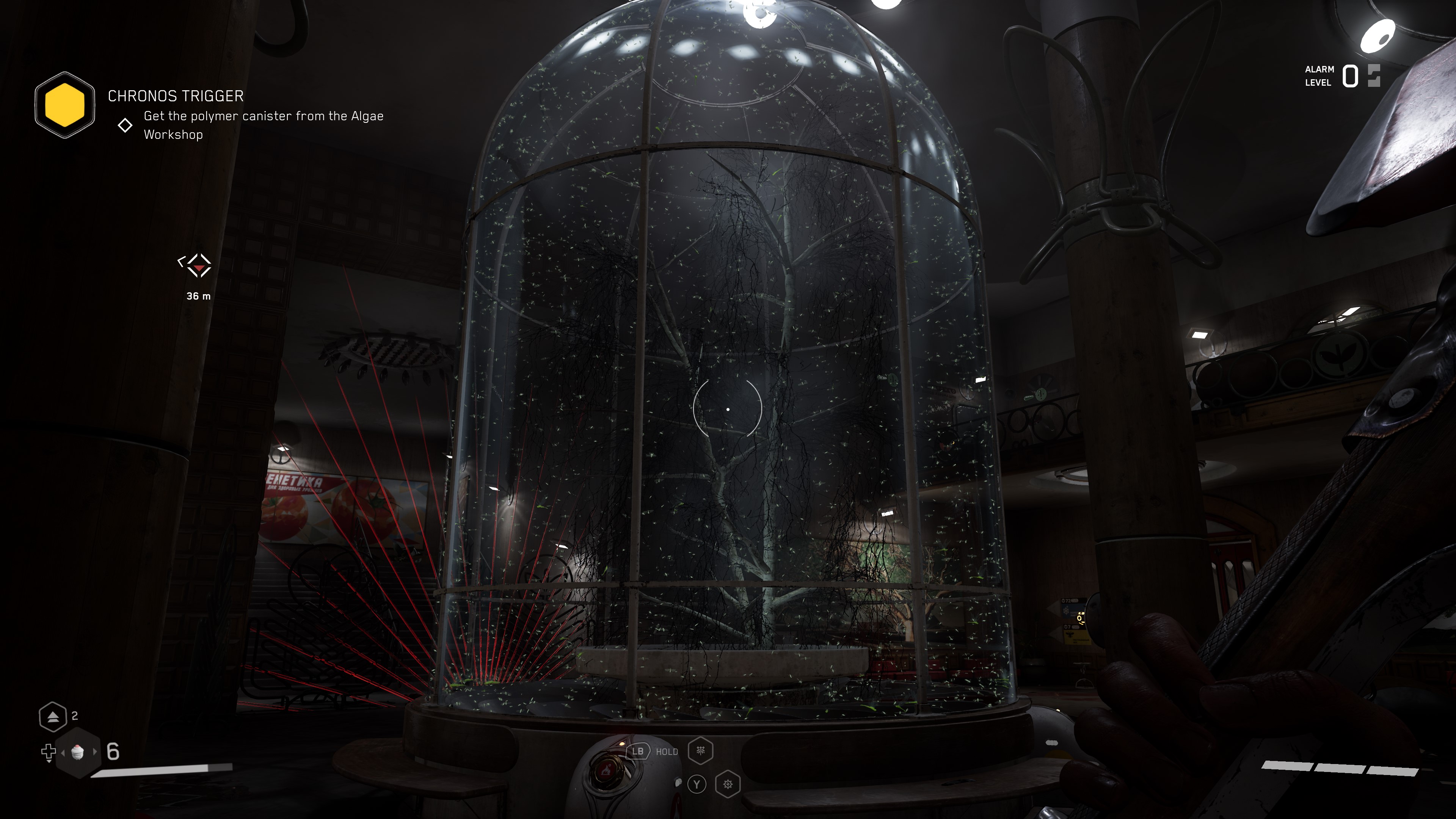
Atomic Heart is not an accessible game. It is actually disappointingly inaccessible for a modern game when every title should aim to be approachable to and playable for as many players as possible. While Atomic Heart's localization is perfectly adequate, it does not feature a dedicated section for accessibility settings, and there are multiple game design decisions that make the game less accessible.
There are granular controls for audio sources, as well as ways to customize camera shake, motion blur, and various control options for sensitivity, vibration, hold settings, and aim assist. However, subtitles are either "on" or "off," with no controls for text size, background opacity, or anything else. Subtitles for much of the game are absurdly tiny on a large TV and tend to hover in the world rather than remain suspended on-screen. There are also no options for color blind filters, control bindings, or even a way to see the control scheme.
Atomic Heart simply isn't a very accessible game, both in its foundational game design and its optional settings.
The game design makes the controls unnecessarily obtuse, further exasperated by the lack of any way to reference those controls (good luck coming back to this game after not playing for a while), as well as making interfacing with some menus needlessly difficult. Those with joint issues may find this game unbelievably exhausting to play. There are several areas of the game that simply lack proper direction, where I had to stumble upon the solution to progress rather than overcome an obstacle, such as locking a door with a key that was hidden in a random shelf with no indicator of any kind (with that particular shelf method never being seen anywhere else in the game).
Atomic Heart: Should you play it?
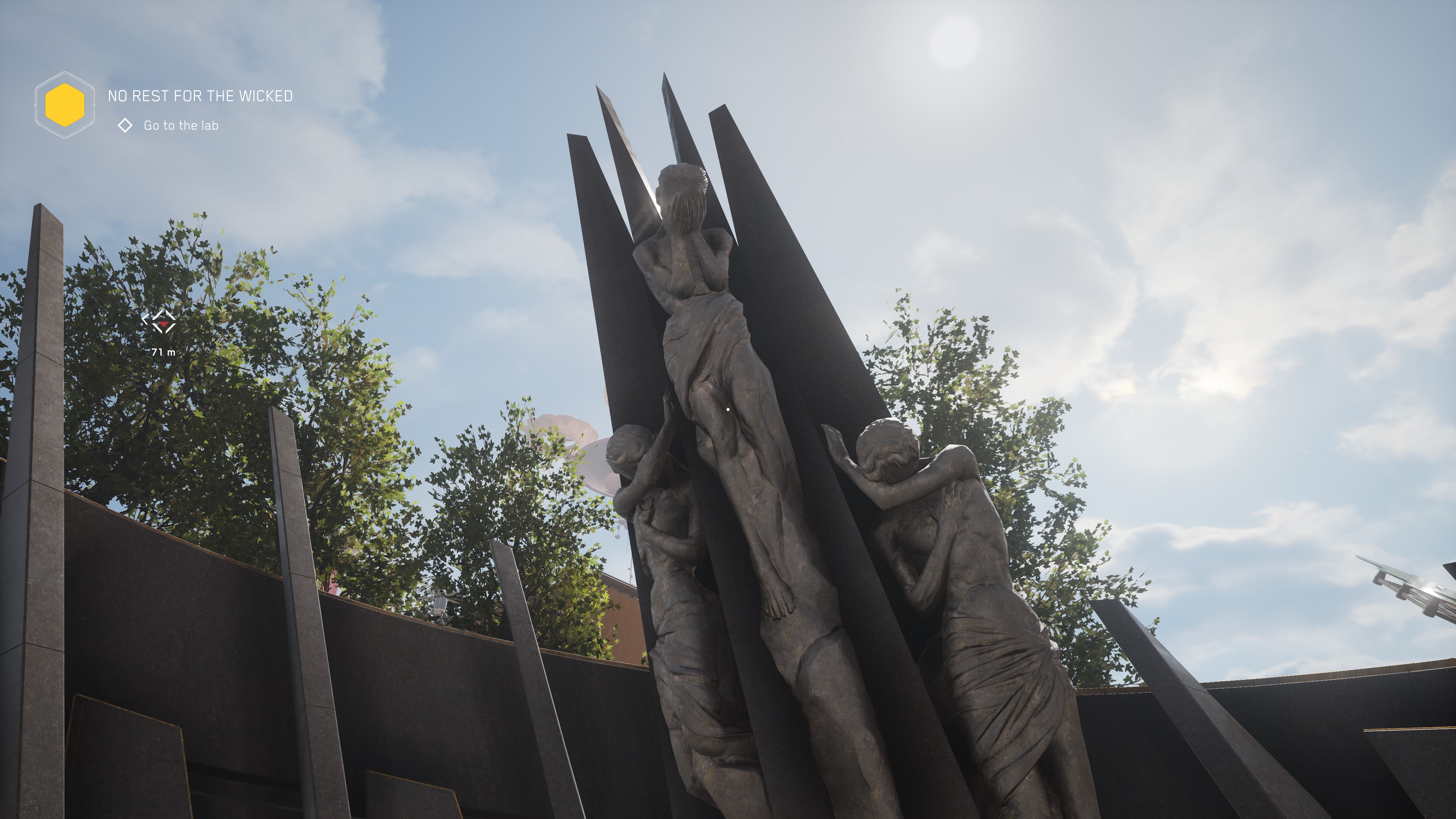
In the first act of Atomic Heart, I was ecstatic. The game played great, looked great, and the story was interesting enough to keep me going despite the abysmal main character. The longer the game dragged on (and it does drag on), though, the more I found myself criticizing what I was seeing. I was still having fun exploring and taking down increasingly difficult hordes of enemies, but I was worn down by the dialogue, the haphazardly injected gameplay mechanics, and the feeling that I was fighting the game at times to accomplish tasks or understand what was happening.
Atomic Heart has a fantastic core, but it's weighed down by too many odd additions.
It's clear that Mundfish had a very ambitious vision for what Atomic Heart was going to be, but the studio probably would've benefited from a more modest goal. There are so many great things about the game, and I still heartily recommend that fans of story-driven first-person shooters like Bioshock and Wolfenstein go and give it a play. Despite its flaws, it's one of the best Xbox Game Pass games when it comes to the visuals, the world, and the core gameplay loop; it's just, unfortunately, weighed down by odd additions and missed executions.
Atomic Heart
There are a lot of great things about Atomic Heart, from its art design to its combat, but its appeal is limited by a general lack of direction, inconsistent writing, and inaccessible game design.
Buy from: Xbox (Console) | Xbox (PC)
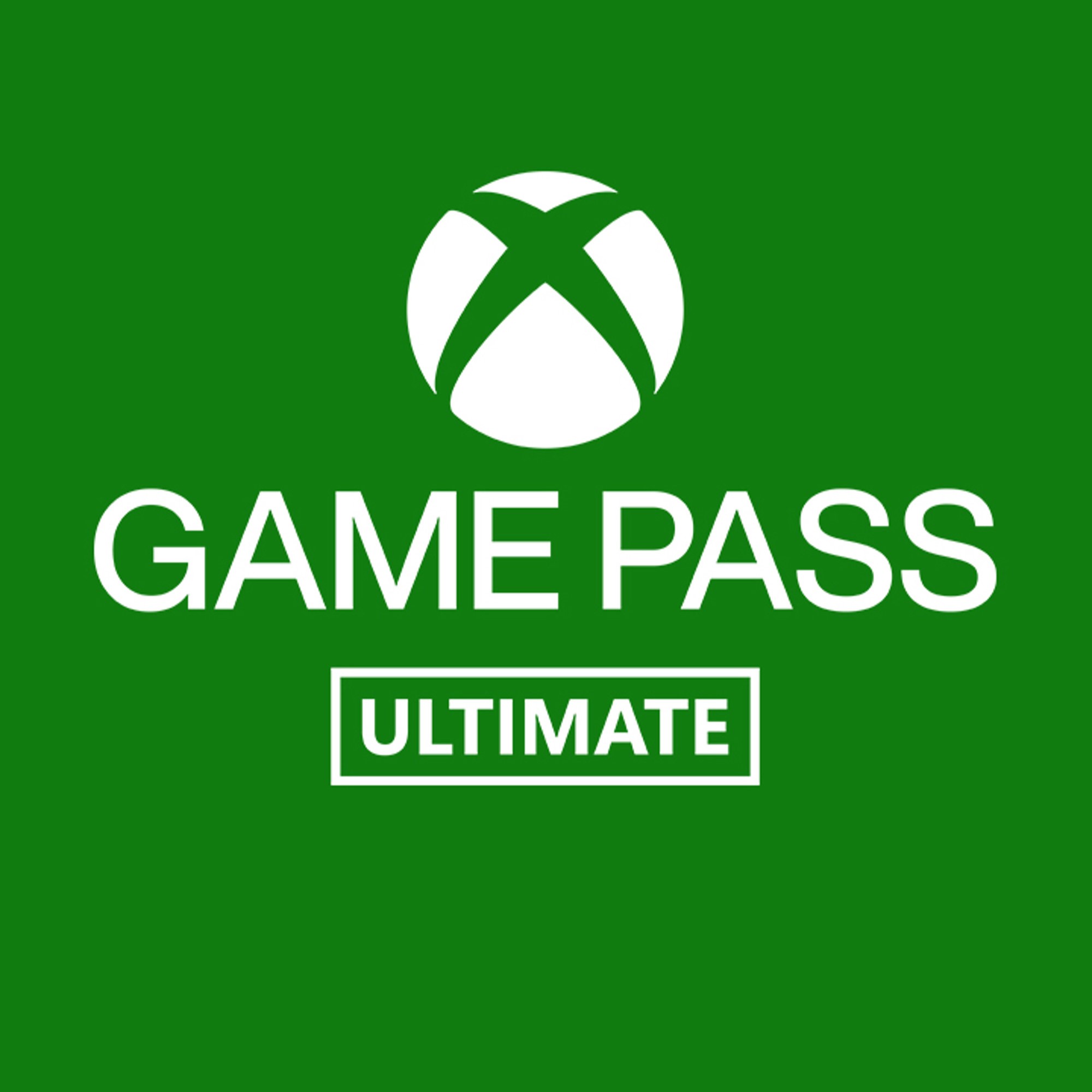
Atomic Heart is included in every tier of Xbox Game Pass Ultimate from day one, making Microsoft's gaming subscription the best way to experience this stunning first-person shooter without committing.
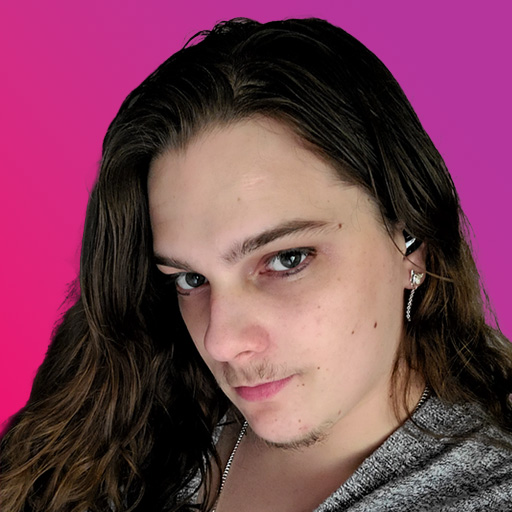
Zachary Boddy (They / Them) is a Staff Writer for Windows Central, primarily focused on covering the latest news in tech and gaming, the best Xbox and PC games, and the most interesting Windows and Xbox hardware. They have been gaming and writing for most of their life starting with the original Xbox, and started out as a freelancer for Windows Central and its sister sites in 2019. Now a full-fledged Staff Writer, Zachary has expanded from only writing about all things Minecraft to covering practically everything on which Windows Central is an expert, especially when it comes to Microsoft.


